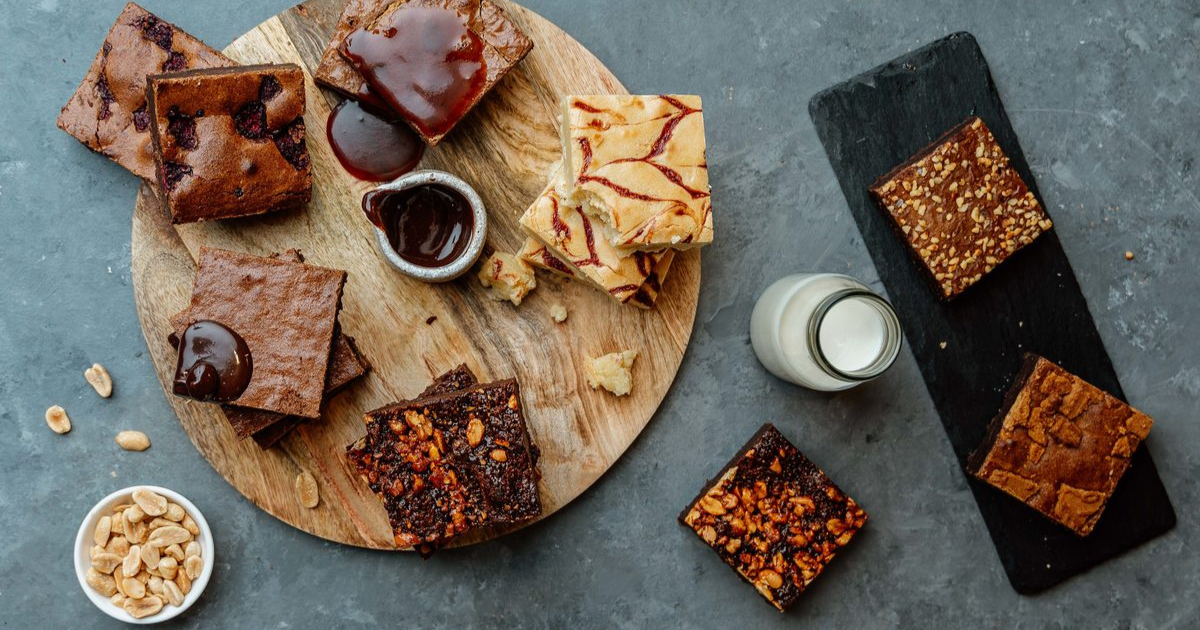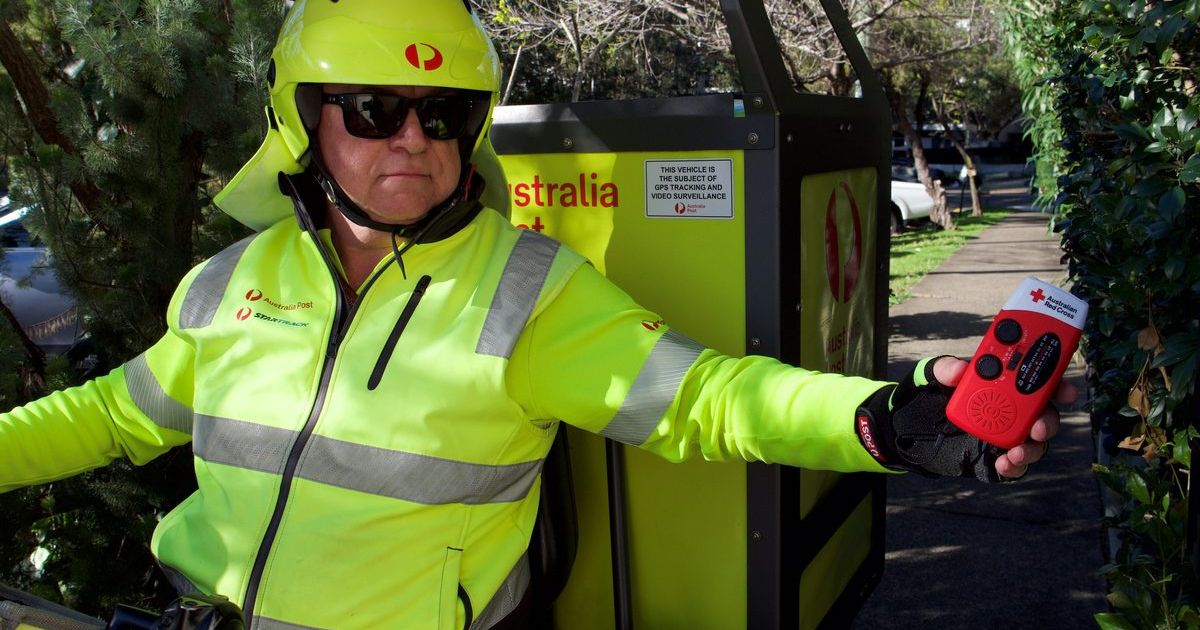My life at Lady Northcote
By Jessica Howard
Eric Goldspink was just nine-years-old when he gained 150 new brothers and sisters.
Born in England, he was placed in an orphanage following the death of his father and was later sent to Australia with the promise of a better future.
On July 23 1939, he was in the sixth party of migrant children who arrived at Lady Northcote Farm School, near Bacchus Marsh.
The farm school was the only institution in Victoria to have been constructed specifically for child migrants, however it offered a hard life for some, with limited education opportunities meaning boys left school to become farm labourers at just 14-years-old.
Eric attended Glenmore State School, which was located about a quarter-mile from Lady Northcote. Children walked to and from school twice a day – returning home to eat a hot meal at lunch time.
Eric recalls rising at 6am each morning and having a cold shower before making his bed and undertaking household duties at the cottage dorm.
“The shower was so cold you’d try and run around the outside so you didn’t get wet,” he said.
“In the morning, everyone had a job to do, whether it was cleaning the dining room, sweeping the dormitory floor or cleaning the bathroom – the jobs always changed”.
Children would then rush out to a paddock to take part in military-style exercises, before eating breakfast – porridge, bread and jam -and departing for school.
Eric, who shared a dorm with 15 other boys, said he often found himself in a spot of trouble both at school and at the farm.
“There was a policy between the boys that if we were all acting up and you were caught, you took the blame,” he said.
“We were all larrikins, but I always seemed to be in the wrong place at the wrong time”.
Between farm chores and school, Eric amused himself with cricket in summer and soccer in winter; cub scouts; rabbit hunting and hiking in the Brisbane Ranges.
He said he liked to stay away from what he referred to as the ‘village’.
“It was more or less a seven-day week. Every day was housework; we had five days of school, sport on Saturday and Sunday School and Church on Sunday.
“You got out of the village whenever you could, most of the time we went hunting. as we’d make money from selling rabbit skin”.
In 1944, Eric was part of the under-15 2nd XI soccer team that took out the Sunkling Shield in Melbourne. The team often travelled to the city to compete, with training held at the farm.
“We didn’t have a special ground, it was the same paddock we did our cross country runs on, so if someone had a good kick on them you’d have to chase the ball for 200 metres,” he said.
While 1944 brought victory to the under-15 soccer team, it brought closure to Glenmore State School.
Child migration had been suspended between 1939 and 1948 due to WWII, and in view of the decline in arrivals and the seriousness of the drought, the school was closed and a number of Northcote children were sent to the Fairbridge Farm School at Molong, New South Wales.
Eric was one of just 18 boys who stayed at Lady Northcote, where he worked on the farm, earning just one shilling per week.
Work included milking cows, cutting wood, growing and carting crops and tending to pigs and poultry. A normal day would see him rise at 4:30am and clock off 12-and-a-half hours later.
“At this stage, life was just work and play, work and play,” he said.
“We would work a fortnight at the dairy and a fortnight at the rest of the farm. Milking was early, but good, because in between milking you had time to yourself”.
In 1945, Eric moved to Green Swamp Road in New South Wales, where he was employed to do housework. Located about five-miles from the nearest town, he recalls driving a horse and gig to pick up the mail and bread from the shop.
“You had to open and shut about five or six gates on the way,” he said.
At 16-years-old, Eric moved to a dairy farm in Colac, where he worked until he was 21. During his time at Lady Northcote, he stayed in regular contact with his family back in England, receiving and sending monthly letters.
In October 1950 he returned home, where he would stay for the next eight-years.
He worked on the railways, shovelling coal into the engine, and at a radio and television factory.
In 1954, Eric married his wife Gladys and they later became the proud parents of Kathleen.
While England would always be his home, Eric missed the sunshine and he migrated back to Australia with his new family in 1958.
He returned to Victoria, where he lived and worked on a sheep and cattle farm in Rowsley for 14-years.
The adventures that followed saw him return to Bacchus Marsh in 1981, before moving on to Powers Creek in Toowendarra, near Casterton, and back to Bacchus Marsh in February last year.
In the 78-years since he arrived at Lady Northcote, Eric has enjoyed a number of reunions, often visiting old Lady Northcote friends in Croydon and Vermont.
While the anniversaries are no longer held annually, Eric recently attended the celebration of 80-years since the first party of children arrived at Lady Northcote, which was held at the farm on Wednesday July 26.
Eric was one of 273 British migrants sent to Lady Northcote between 1937 and 1958.



















